5. The Discreet Charm of the Bourgeoisie
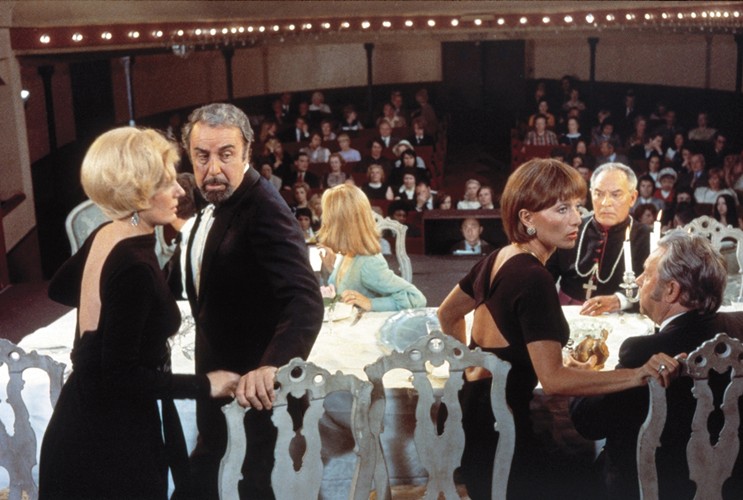
Okay, so the lack of mainstream appeal may come as a result of the fact that this is an old foreign movie, but those aren’t the only things holding this gem back. The Discreet Charm of the Bourgeoisie is hard for the average viewer to watch because it’s almost entirely devoid of a coherent story.
The premise revolves around some snobby French people who keep getting their dinner plans interrupted and that’s about the extent of things. Beyond that, there’s no straightforward plot or even well-developed characters. Luckily, there’s more to the movie than meets the eye.
Numerous interpretations of have been written about the film, and according to the director, few of them are actually right. With that being said, this is still a fun movie to watch and analyze. Everyone is capable of figuring out that it has something to say about the bourgeoisie. The next step is trying to figure out how the structure and story help push this message.
Unfortunately, not everyone is going to want to think about classism while enjoying what appears to be a harmless comedy. Those who aren’t willing to think outside the box will likely leave the movie feeling they had their time wasted. It’s an occasionally funny movie that only becomes rewarding when the viewer is willing to figure out why the surreal scenes even matter.
4. Perfect Blue
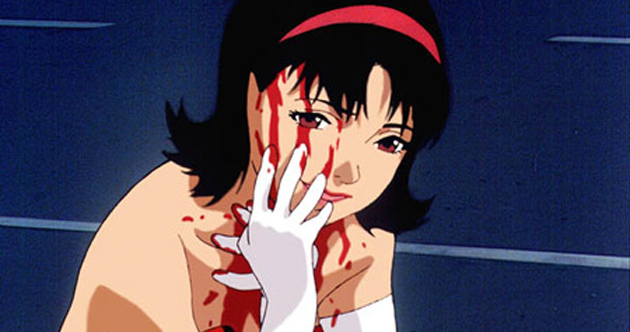
The late Satoshi Kon directed several complex animated films before his untimely death in 2010. In truth, several of his films could have been included on this list. Perfect Blue narrowly edged out Paprika because it’s lesser known and marginally more complex. While both films are completely bonkers, Perfect Blue’s acid-fueled take on celebrity obsession feels slightly more surreal than the ambitious dream-within-a-dream storyline driving Paprika.
This is a movie that needs to be seen in order to be appreciated. It’s an ultra-violent tale about infatuation that feels more relevant today than ever thanks to the rise of social media. Perfect Blue differentiates itself from other films on this list because it’s not trying to hide its central message; that’s clear as day.
Instead, Perfect Blue is complex because of its unorthodox storytelling that blurs the line between fantasy and reality. Viewers are likely to have a hard time figuring out what’s actually happening the film’s psychedelic world. Honestly, it’s all open to interpretation. That’s what makes it such an interesting watch.
3. Jacob’s Ladder
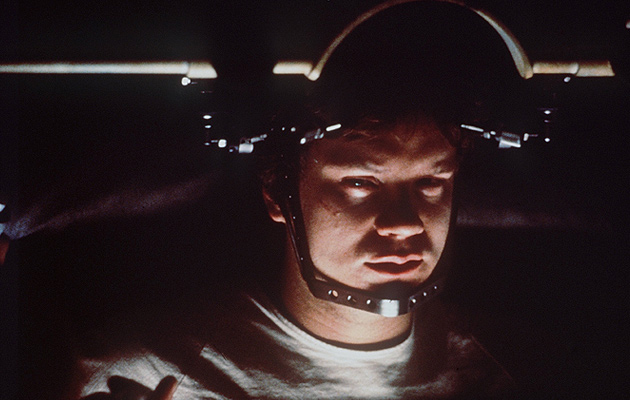
Jacob’s Ladder fell through the cracks upon its initial release. To make matters worse, the people who did see it certainly weren’t in love with it. Though critics had mostly positive things to say about the movie, the general public wasn’t as kind.
With a C- Cinemascore, this 1990 horror movie originally had trouble finding its audience. Even if Jacob’s Ladder has become something of a cult classic since its release almost thirty years ago, there’s a reason it isn’t discussed alongside other horror classics from the time period: it’s a bit too weird.
Jacob’s Ladder is reminiscent of A24’s horror output in that it defies expectations and seeks to distance itself from the more mainstream competition. While people were flocking to see the newest Child’s Play movie, Jacob’s Ladder was trying to reinvent the genre. That’s precisely why critics dug it and everyone else hated it.
It wasn’t a traditional horror movie but rather a psychological horror film that dared audiences to think about an individual character rather than a man in a mask. Even today, folks may find it to be a little pretentious and preposterous. The good news is that it has an audience, even if that audience is relatively small.
2. The Fountain
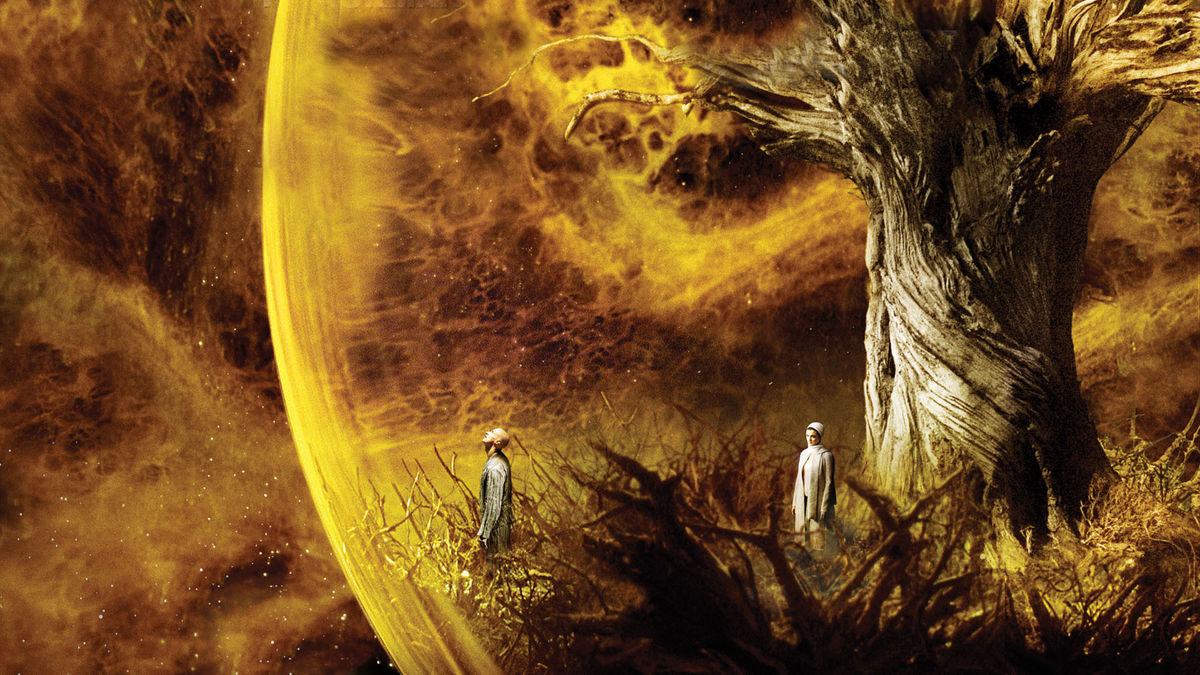
Aronofsky’s most polarizing movie is coincidentally one of his most compelling. The Fountain landed with a thud in theaters both critically and commercially. Earning $16 million on a $35 million budget is bad enough, but the situation was made worse by the harsh reviews the film received.
Critics found it to be overly ambitious and unfocused, which in some ways is absolutely true. The movie certainly lacks focus from time to time, which ultimately leads to a tonally jarring experience that’s nevertheless rewarding despite its flaws.
The Fountain has too much to say in its sub-90 minute runtime. It doesn’t successfully convey every theme in a way that’s easy to spot and digest. In some ways it barely touches certain themes. However, the way it addresses things like love and the inevitability of death is wholly unique and compelling.
While the film doesn’t manage to hit every single topic, the ones that are addressed in-depth are worth thinking about after the credits roll. It’s just a shame that the film bombards people with so much that they forget about what really matters.
1. Primer
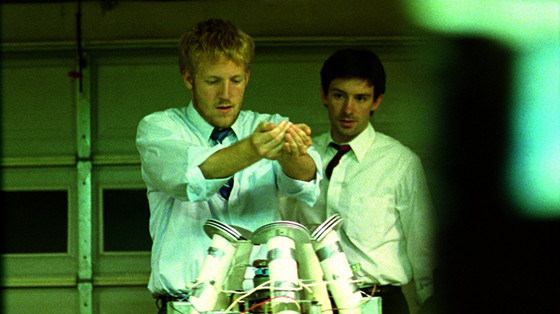
Shane Carruth chose not to dumb anything down for audiences when he directed Primer. The dialogue comes straight from the brain of an engineer and the plot never apologizes for bouncing around like a racket ball. Honestly, it’s hard to believe that anyone fully comprehends what’s going on in the movie, but that doesn’t mean it isn’t necessary viewing.
So how complicated is Primer? Well, people have created flowcharts in an effort to put all the pieces together. Even then, it’s a pretty hard film to follow. Time travel movies are usually so comfortable with breaking some rules, but Primer is dead set on making the most scientifically accurate time travel movie out there. Let’s be real, few people are capable of fact checking Carruth, but let’s just say his theories seem pretty accurate and intelligent.
Several critics have claimed that people who claim to fully understand the movie are lying, and it’s easy to see why. The story, dialogue, and themes are easy to dismiss as ludicrous, but most viewers have come to the conclusion that there’s something deep going on here. It’s not easy to understand, but it’s worth analyzing and enjoying.